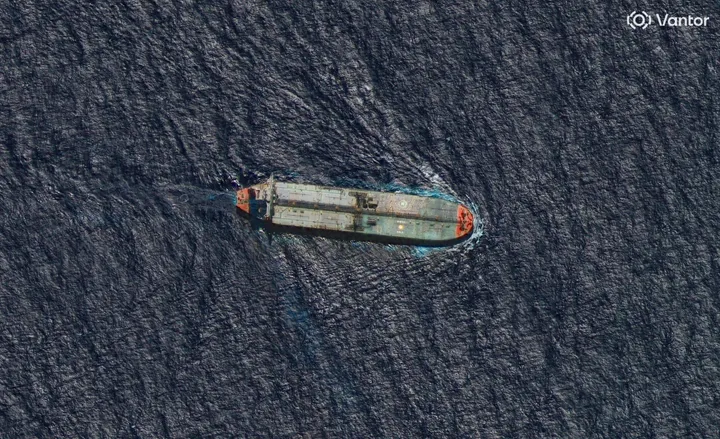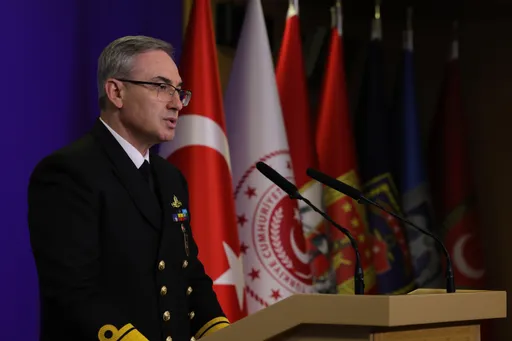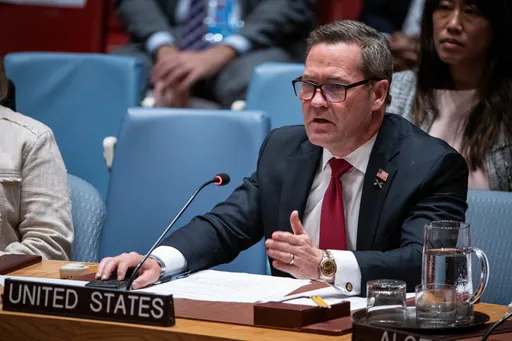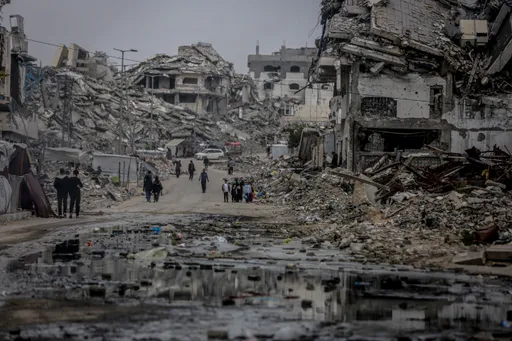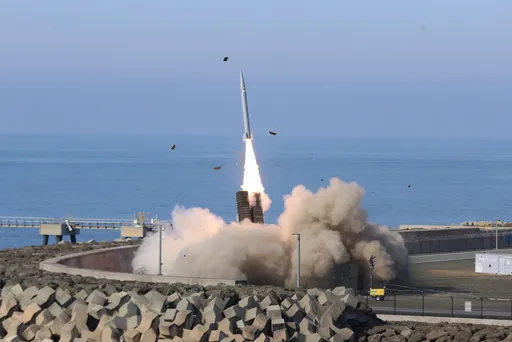Three astronauts who were launched into space aboard a Russian Soyuz spacecraft on Monday entered the International Space Station nearly eight hours later, a relief to relatives and scientists months after a rocket failure aborted another mission.
The hatch of the capsule carrying NASA astronaut Anne McClain, David Saint-Jacques of the Canadian Space Agency and Oleg Kononenko of Russian space agency Roscosmos was opened while the station was flying over the southern coast of Yemen.
The three were greeted upon arrival Monday by the station's current crew members, who had waited outside the hatch after the astronauts' capsule docked and underwent safety checks.
Their Soyuz MS-11 spacecraft launched from the Russian-leased Baikonur Cosmodrome in Kazakhstan on Monday at 5:31 p.m. (1131 GMT; 6:31 a.m. EST) then entered a designated orbit just under nine minutes later. The spacecraft made four orbits over six hours as it chased down the space station for the docking.
The astronauts were the first sent to be sent to the space station since a crewed Soyuz launch was aborted in October after a booster rocket failed to separate properly, crippling the rocket. The families of the crew, other astronauts and space officials from several nations breathed a sigh of relief after observing the flawless launch.
NASA and Roscosmos said all onboard systems operated normally and the astronauts felt fine during the six-hour trip the space station. After two hours waiting in their capsule to confirm their ship was firmly docked to the station, they exited the capsule to join three astronauts already aboard the orbiting outpost at 1:37 a.m. (1940 GMT; 2:40 p.m. EST.)
The station's current crew of NASA's Serena Aunon-Chancellor, Russian Sergei Prokopyev and German Alexander Gerst were waiting to greet the newcomers. They are scheduled to return to Earth on December 20.
McClain, Saint-Jacques and Kononenko will spend more than six months at the space station doing research and experiments in biology, Earth science, physical sciences and technology.
A Soyuz-FG rocket carrying NASA astronaut Nick Hague and Roscosmos' Alexei Ovchinin failed two minutes into its flight on October 11, activating an automatic rescue system that sent their capsule into a steep ride back to Earth. They managed to emerge safely despite the harrowing ordeal.
A Russian investigation attributed the failure to a sensor that was damaged during the rocket's final assembly.
NASA announced Monday that Hague and Ovchinin will now launch to the space station on February 28, along with NASA astronaut Christina Hammock Koch.
The Soyuz accident in October was the first aborted crew launch for the Russian space program since 1983, when two Soviet cosmonauts safely jettisoned after a launch pad explosion.
Russian space officials took measures to prevent the repeat of such a rocket failure. Since the October mish ap, four successful unmanned Soyuz satellite launches have been conducted to clear the path for the crew's launch on Monday.
After Monday's successful launch, NASA Administrator Jim Bridenstine tweeted his thanks to his Russian counterpart Dmitry Rogozin and to NASA and Roscosmos space teams "for their dedication to making this launch a success."
The Soyuz spacecraft is currently the only vehicle that can ferry crews to the space station, but Russia stands to lose that monopoly in the coming years with the arrival of SpaceX's Dragon and Boeing's Starliner crew capsules.

